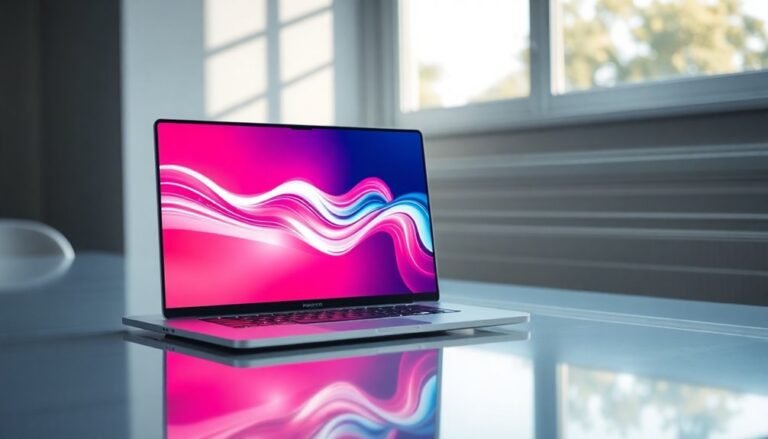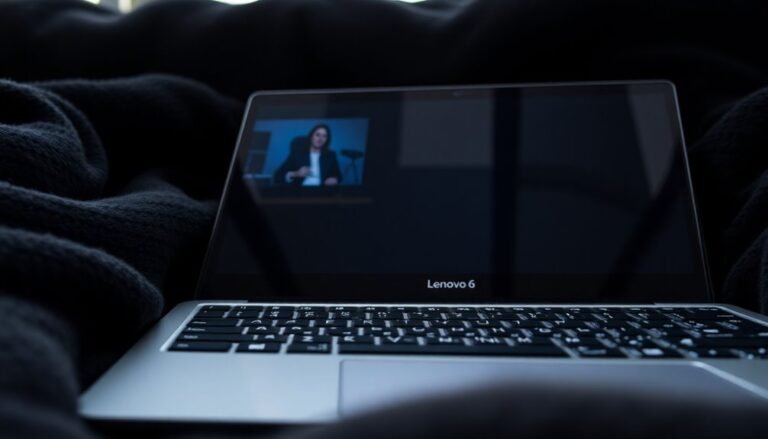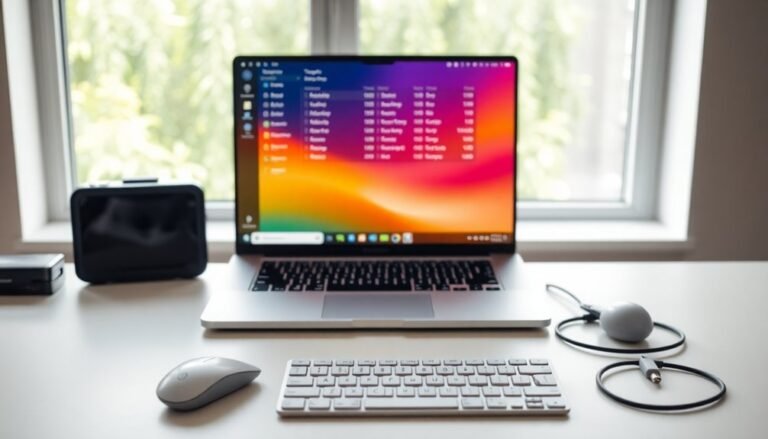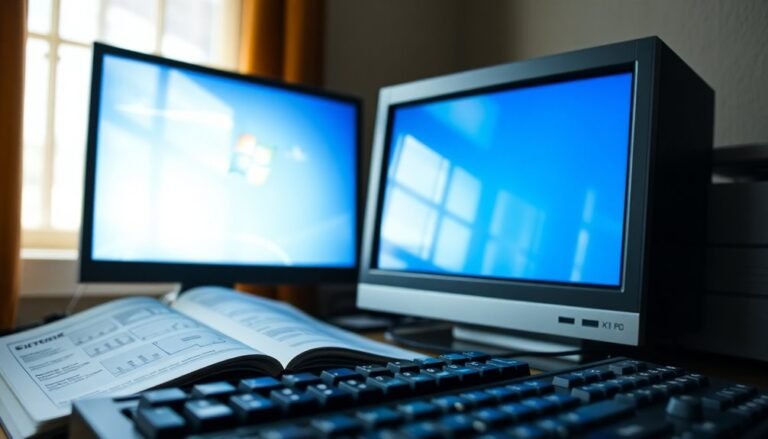Speed Up Windows Animations: Disable or Customize Windows Effects
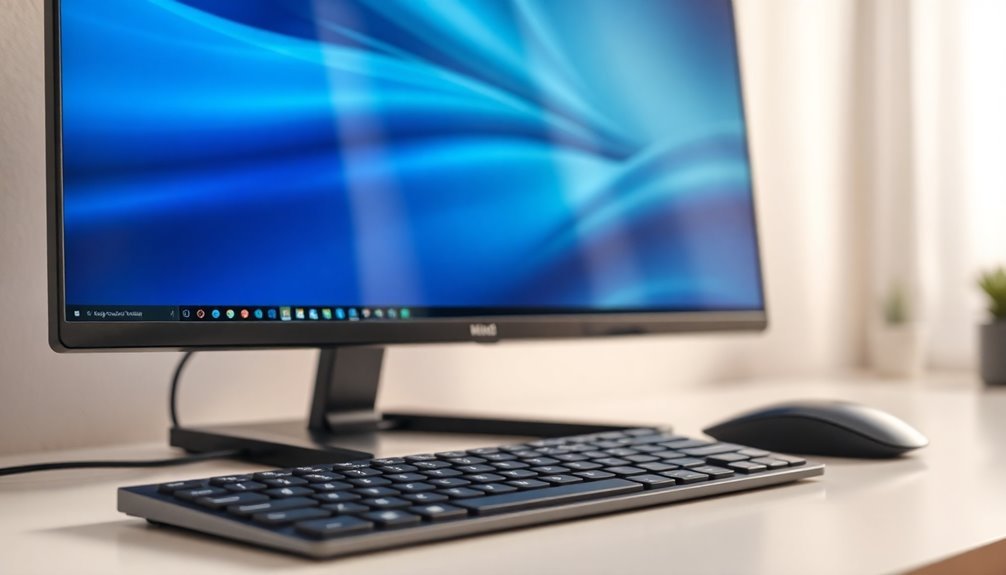
To speed up Windows, go to Settings > Accessibility > Visual Effects (or Ease of Access > Display in Windows 10) and turn off animation effects. This simple step can make your system feel more responsive.
For finer control, open System Properties (sysdm.cpl), select Performance Settings, and adjust specific visual effects. Disabling or customizing these animations frees up system resources, especially on older machines.
If you want faster performance without sacrificing too much visual appeal, try customizing just the most distracting effects. More advanced tweaks are also available for those who want to dig deeper.
Disabling Windows Animations for Better Performance
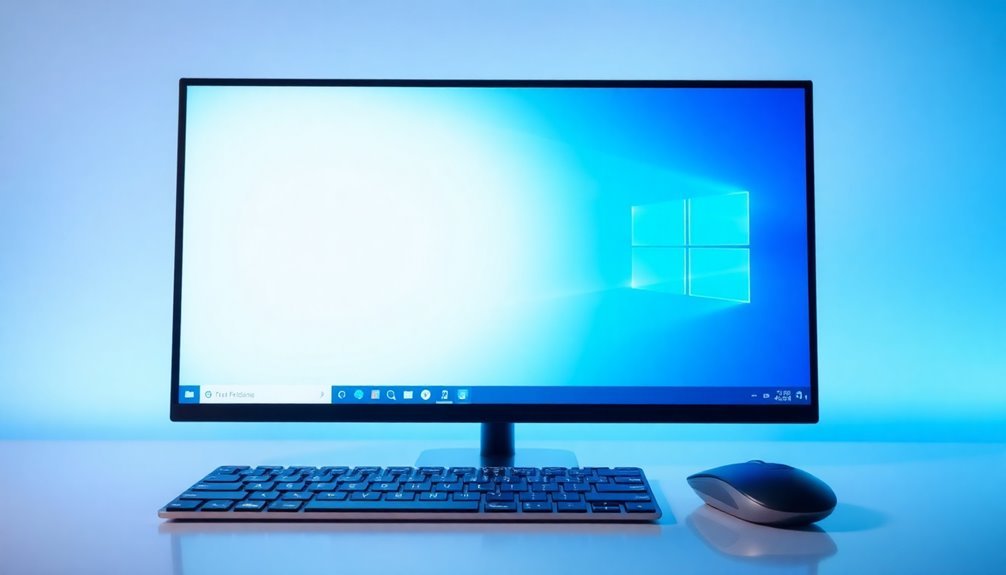
How to Disable Windows Animations for Improved Performance
Windows animations enhance the user interface by making it look smooth and modern, but they can also use valuable system resources. On older or low-end PCs, these animations may cause noticeable lag and slow down your computer. Disabling Windows animations reduces CPU and GPU usage, freeing up resources for other applications and resulting in faster window responses and smoother navigation.
Here’s how to disable Windows animations for better performance:
- On Windows 11: Go to Settings > Accessibility > Visual Effects, then toggle off “Animation effects.”
- On Windows 10: Navigate to Settings > Ease of Access > Display and turn off “Play animations in Windows.”
- Alternatively, for both Windows 10 and 11, press Windows + R, type `sysdm.cpl`, and hit Enter. In the System Properties window, select the Advanced tab, click on Performance Settings, and choose “Adjust for best performance.” This will disable all visual effects, including window animations.
Keep in mind that turning off all animations may make the interface feel less smooth and could affect text clarity. To maintain readability, consider keeping “Smooth edges of screen fonts” enabled.
Disabling visual effects can speed up Windows 10 experience, especially for users with older hardware or if you want to allocate more resources to other tasks.
Disabling Windows animations is a simple and effective way to boost your PC’s speed and responsiveness, especially if you’re running an older system or need to maximize performance.
Follow these steps to optimize your Windows experience today.
Customizing Animation Effects in Windows
How to Customize Animation Effects in Windows for Better Performance
If you want to enhance your Windows PC experience, customizing animation effects is a great way to improve responsiveness without sacrificing visual appeal. Windows allows you to fine-tune animation settings beyond just turning them on or off.
To start, go to System Properties > Performance Options**, where you can enable or disable specific animations such as “Animate windows when minimizing and maximizing.” This option controls window movements and desktop zoom effects, helping you keep smooth scrolling and fade transitions** while boosting system speed.
Most methods for managing animation effects in Windows 11 are per-user settings, so you must repeat changes for each user profile. While Windows doesn’t provide a built-in slider to adjust animation speed, you can optimize animations through advanced methods like registry edits or third-party software tools. These tweaks affect both window and menu animations, allowing you to balance aesthetics and performance based on your preferences.
For more detailed customization, use the Registry Editor or Group Policy Editor to enable or disable individual animation types. If you experience motion sensitivity, Windows Accessibility settings offer options to disable all animation effects for your user profile.
Remember to always back up your system before making any registry changes to prevent UI problems or unexpected behavior.
Advanced Performance Optimization Strategies for Animations
Advanced Performance Optimization Strategies for Animations in Windows
To achieve optimal animation performance on Windows devices, it’s essential to implement advanced strategies that ensure smooth visuals and efficient resource management. Maintaining a consistent frame rate of 60 FPS or higher is crucial to eliminate stuttering and provide seamless motion.
Focus on separating rendering logic from layout updates and avoid animating properties like width or height, which cause expensive layout recalculations and degrade performance.
Leverage GPU acceleration by enabling hardware-accelerated rendering and utilizing composition threads to offload animation processing from the UI thread. This approach significantly reduces frame drops during intensive UI operations.
Limit the number of simultaneous animations and prioritize animating GPU-friendly properties such as opacity and transforms to maximize efficiency.
Preload and cache animation assets before playback to prevent runtime delays, and regularly dispose of unused objects to minimize memory usage and reduce garbage collection overhead.
Implement debouncing and throttling techniques on animation triggers to avoid redundant updates and excessive event handling. Additionally, optimize system settings by adjusting visual effects and closing unnecessary background applications to free up system resources.
Use performance profiling tools to monitor animation performance metrics, identify bottlenecks, and track memory consumption.
Applying these advanced animation optimization strategies on Windows will ensure smooth, responsive user experiences while maximizing system efficiency.
Leveraging Windows Animation Libraries and Platform Best Practices
Top Windows Animation Libraries and Best Practices to Boost Your App’s Performance
Accelerate your Windows app development by leveraging purpose-built animation libraries and proven platform best practices. For Universal Windows Platform (UWP) apps, the Windows.UI.Xaml.Media.Animation library is the go-to solution. It provides high-performance, fluid animations that seamlessly integrate with the Windows design language and simplifies common tasks like view transitions with built-in “Theme” classes.
For animating property types not directly supported, use Storyboard animations to ensure broader compatibility across your app.
When creating frame-based or sprite animations, optimize GPU performance by using sprite sheets with power-of-two dimensions and consistent spacing. Focus on animating transform and opacity properties to maximize hardware acceleration and smoothness. Avoid animating layout-affecting properties such as width, height, margin, or padding to prevent expensive layout recalculations that can degrade performance.
Choose animation libraries based on ease of use, customization options, and performance benchmarks. Utility-first libraries offer quick integration, while comprehensive solutions cater to complex animation requirements.
Always preview and test your animations thoroughly to ensure they meet your app’s design goals and maintain optimal performance.
Boost your Windows app’s user experience by applying these expert animation techniques and library recommendations today.
Measuring and Monitoring Animation Performance
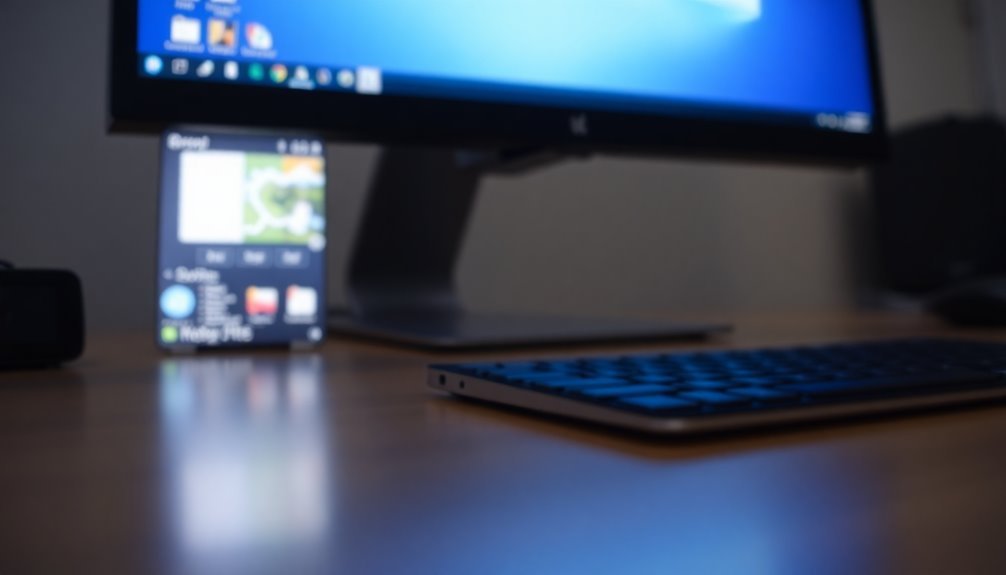
Measuring and Monitoring Animation Performance for Smooth Windows Experience
Well-designed animations significantly enhance user experience, but they must run smoothly and efficiently to deliver the desired impact. To ensure optimal animation performance on Windows, start by measuring the frame rate, aiming for a consistent 60 FPS or higher.
Utilize powerful tools like Visual Studio Performance Profiler for integrated runtime monitoring, or Windows Performance Toolkit (WPT) for detailed event tracing and comprehensive system-wide analysis. For .NET-based animations, PerfView offers advanced diagnostics, while SizeBench helps reduce binary size to indirectly boost performance.
Key animation performance metrics to monitor include frame drops, staleness, and animation duration accuracy. Frame drops and stale frames are critical indicators of rendering or resource challenges. Use FPS charts to visualize these metrics—green signals excellent performance, while red highlights performance issues.
Detailed timeline snapshots and frame-by-frame analysis help pinpoint bottlenecks and determine if frames were fully rendered or skipped. Additionally, always verify hardware acceleration utilization to ensure GPU offloading is active.
For continuous improvement, consistently measure animation performance during development. Use real data to adjust and refine your code, resulting in smoother animations and enhanced Windows user experiences.
Implementing these best practices for measuring and monitoring animation performance will help you optimize animations effectively, improving both responsiveness and visual appeal.
Effects of Animation Settings on User Workflow
How Animation Settings Impact Windows User Workflow and Performance
Adjusting animation settings in Windows can significantly enhance your productivity and system performance. Animations such as fade-ins, window transitions, and visual effects often cause slight but noticeable delays, particularly on older or less powerful computers.
By disabling or customizing these animations, you can speed up interface responsiveness, making menus and windows appear instantly and reducing wait times.
Key Benefits of Disabling Windows Animations:
- Improved System Performance: Turning off animations reduces CPU and RAM usage, freeing up resources for other tasks.
- Faster User Feedback: Instant screen updates help you make quicker decisions and streamline daily workflows.
- Reduced Cognitive Load: Limiting visual motion decreases distractions, helping you stay focused for longer periods.
- Enhanced Accessibility: Users sensitive to motion benefit from fewer animations, reducing discomfort and eye strain.
- Extended Battery Life: On laptops and portable devices, disabling animations conserves battery power.
If you’re experiencing slow Windows performance or want to optimize your daily tasks, adjusting animation settings is an effective and simple solution.
Customize these visual effects to create a smoother, faster, and more efficient user experience tailored to your needs.
Optimize your Windows workflow today by managing animation settings for better speed, focus, and system efficiency.
Balancing Visual Appeal and System Responsiveness
Balancing Visual Appeal and System Responsiveness in Windows: Optimize Animation Settings for Better Performance
Windows animations enhance the user interface with smooth, modern visuals, but they can also consume valuable system resources. This may lead to slower performance, lag, or stuttering—especially when multitasking or on lower-end hardware.
To improve system responsiveness without losing all visual appeal, customize your animation settings.
How to Customize Windows Animation Settings for Better Performance:
- Open Control Panel > System > Advanced system settings.
- Click Performance Settings.
- In the Visual Effects tab, selectively disable or adjust effects such as “Animate windows when minimizing and maximizing.”
Reducing animation complexity frees up CPU and GPU resources, which boosts overall system speed and responsiveness.
For advanced users, further optimize animations by editing registry values like MenuShowDelay to speed up menu animations. Additionally, ensure your graphics drivers are up to date and enable hardware acceleration when available.
This offloads animation processing to the GPU, reducing CPU bottlenecks.
Finding the right balance is essential: disabling all animations maximizes performance but can make your Windows interface feel plain. Instead, fine-tuning individual animation settings allows you to maintain a visually appealing experience while enhancing system responsiveness.
Optimize your Windows animation settings today to enjoy a faster, smoother computing experience without sacrificing style.
Frequently Asked Questions
Can Disabling Animations Affect Compatibility With Certain Third-Party Applications?
Disabling animations rarely causes compatibility issues with third-party apps, but you might encounter minor glitches in legacy or UI-enhancing software. If an app misbehaves, re-enable animations or update the app to resolve potential conflicts.
How Do Windows Animation Settings Impact Battery Life on Laptops?
You’ll boost battery life by turning off Windows animations, since these effects wake the dGPU and use extra CPU and RAM. Disabling them reduces power draw, especially on laptops with discrete graphics, and makes your system snappier.
Are There Command-Line Tools to Automate Animation Settings Changes?
You won’t find a single command-line tool that reliably toggles Windows animation settings across all versions. Registry edits often require manual intervention. For automation, consider group policy, but be prepared for troubleshooting and manual verification in multi-user environments.
Will Windows Updates Reset My Customized Animation Preferences?
Yes, Windows updates can reset your customized animation preferences, especially after major updates. You’ll need to check and reapply your settings afterward. For persistence, use Group Policy, Registry edits, or automation scripts, but advanced knowledge’s required.
Can Animations Be Disabled for Specific User Accounts Only?
Absolutely, you can wield near-magical control and disable animations just for specific user accounts. Tweak registry keys or use PowerShell per user, then restart Explorer. If changes don’t apply, make sure you’ve targeted the correct user hive.
Conclusion
Think of your Windows animations as decorative sails—beautiful, but sometimes they slow your ship. By disabling or customizing these visual effects, you can keep your system’s performance on course. Use built-in tools to tweak settings, monitor results, and troubleshoot lag. With careful adjustment, you’ll strike the right balance between a smooth user experience and snappy responsiveness, ensuring your workflow isn’t left adrift by unnecessary visual flare. Now, set sail for a faster Windows experience!
